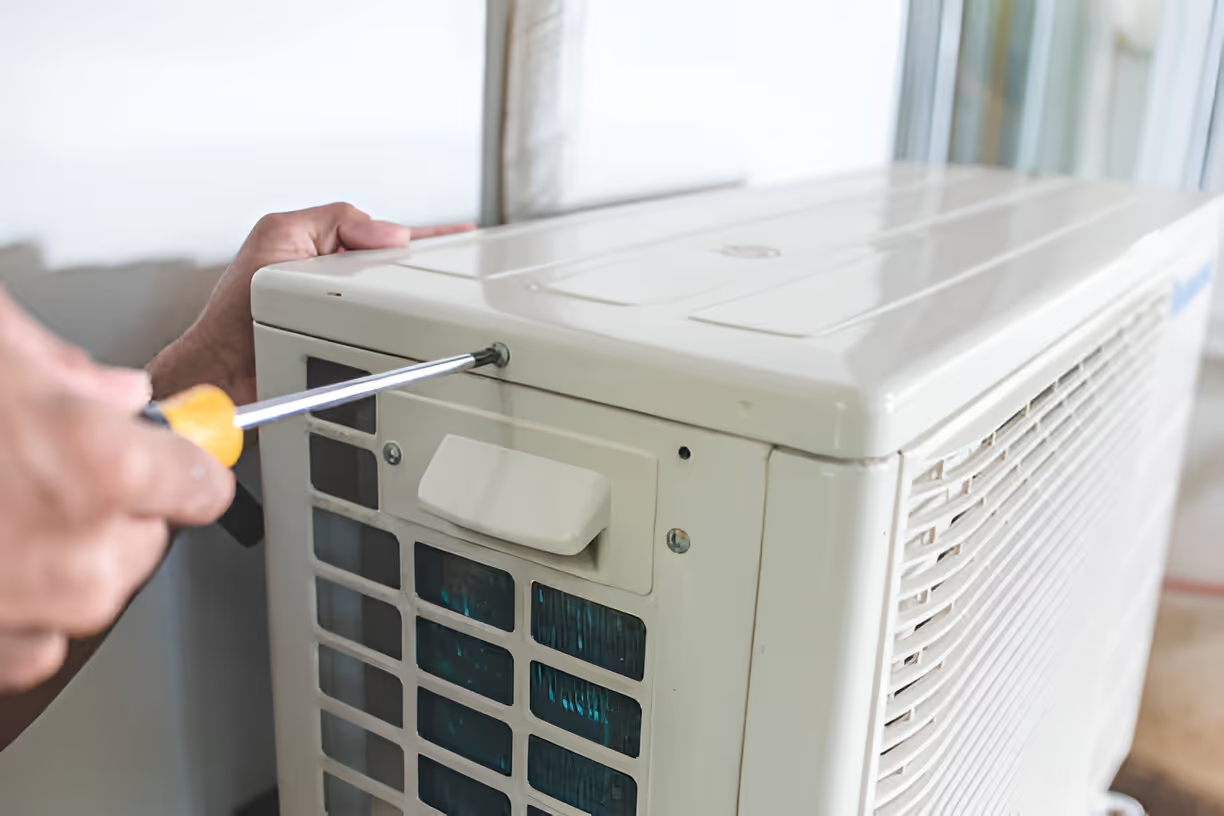Heat Pump Installation in Mount Laurel, NJ
Heat Pump Installation in Mount Laurel, NJ
Replacing or installing a heat pump is one of the most impactful home comfort upgrades you can make in Mount Laurel, NJ. With hot, humid summers and chilly winters, a properly sized and installed heat pump delivers year-round heating and cooling, better humidity control, and improved efficiency compared with many aging systems.

Why a tailored heat pump installation matters in Mount Laurel, NJ
Mount Laurel’s climate means heat pumps must handle both high summer humidity and cold snaps in winter. Local homes often have older ductwork or mixed heating systems, which affects system selection and performance. A careful installation that includes proper sizing, duct evaluation, and weather-appropriate equipment (cold-climate or variable-speed models) ensures reliable comfort, avoids cycling, and maximizes available utility rebates and South Jersey gas or state incentives when applicable.
Common heat pump system types for Mount Laurel homes
- Split systems (central heat pumps): Best for homes with existing ductwork. They provide whole-house comfort and efficient dehumidification.
- Ductless mini-splits: Ideal for older homes, additions, finished basements, or rooms without ducts. They allow room-by-room zoning and minimal disruption during installation.
- Packaged units: Used where outdoor footprint or indoor space constraints exist; often chosen for certain commercial or replacement scenarios.
- Hybrid/dual-fuel systems: Combine a heat pump with a gas furnace for very cold conditions. Useful in parts of South Jersey where backup heat may be preferred during prolonged freezes.
Initial site assessment and consultation
A professional installation begins with a thorough site assessment in your Mount Laurel home. Key actions include:
- Inspecting existing ductwork, attic and crawlspace access, and equipment locations.
- Performing a Manual J load calculation to determine accurate heating and cooling requirements based on insulation, windows, orientation, and occupancy.
- Checking electrical capacity and panel location for required breakers and disconnects.
- Evaluating placement for outdoor units to avoid road salt splash, snow accumulation, and ensure adequate airflow.
- Discussing homeowner comfort priorities, zoning needs, and budget considerations including eligibility for local rebates or financing programs.
Sizing and system recommendations
Correct sizing is critical. Oversized units short-cycle, reduce efficiency, and worsen humidity control. Undersized units run continuously and still won’t meet comfort needs. Recommendations will be based on:
- Manual J load results and, where applicable, Manual D ductwork design.
- Building envelope quality — insulation, air sealing, and window performance.
- Desired zoning and thermostat locations.
- Preference for inverter-driven variable-speed compressors for quieter, more efficient operation in Mount Laurel’s mixed climate.
Permits and inspections
Most heat pump installations in Mount Laurel require township permits and final inspections to meet local building and electrical codes. Expect:
- Mechanical and electrical permits filed with Mount Laurel Township or Burlington County as required.
- Inspection of refrigerant lines, condenser placement, electrical connections, and combustion safety if paired with fuel-burning appliances.
- Documentation and paperwork for utility rebates or state incentive programs, which often require proof of professional installation and final inspection.
Professional installation steps
A professional, code-compliant installation typically follows these steps:
- Prepare site and protect flooring and landscaping.
- Remove old equipment safely, including refrigerant recovery if applicable.
- Install outdoor unit on a level pad or brackets above expected snow and splash heights.
- Route refrigerant line sets, condensate drain, and electrical conduits; penetrate exterior walls properly and seal.
- Install indoor evaporator or air handler; connect to existing or new ductwork, or mount ductless indoor heads in optimal locations.
- Make electrical connections with proper breaker sizing and safety devices.
- Insulate refrigerant lines and seal ductwork penetrations to minimize heat loss and prevent air leaks.
Commissioning and performance testing
Commissioning ensures the system operates to specifications. Typical tests include:
- Verifying correct refrigerant charge using superheat and subcooling measurements.
- Measuring airflow and static pressure in ducted systems; adjusting blower speed if necessary.
- Electrical checks: voltage, amperage draw, and correct wiring.
- Testing defrost cycles, reversing valve operation, and low-ambient performance for cold-climate systems.
- Verifying thermostat communication, zoning dampers, and system sequencing.These performance checks are documented so you have a record of baseline operation.
Homeowner orientation and documentation
After installation and testing, expect a clear orientation covering:
- Thermostat programming for comfort and efficiency, including setback schedules and heat pump-specific modes.
- How defrost cycles look and why occasional outdoor icing is normal in winter.
- Basic maintenance tasks: filter replacement cadence, outdoor unit clearance, and condensate drip checks.
- Review of warranty documents, equipment serial numbers, and maintenance recommendations.
- Copies of permits and inspection sign-offs needed for warranty or rebate validation.
Warranty and maintenance handoffs
A responsible handoff includes clear warranty coverage details for compressors, coils, and labor, plus recommended maintenance schedules. Maintenance practices that protect system life and efficiency in Mount Laurel:
- Seasonal tune-ups for spring and fall that include coil cleaning, refrigerant check, and safety tests.
- Duct sealing and insulation improvements when needed to reduce load and increase comfort.
- Enrollment in a maintenance plan that covers priority visits, diagnostic fees, and planned filter changes.Proper maintenance preserves efficiency, maintains manufacturer warranties, and helps qualify for ongoing utility incentive programs.
Benefits for Mount Laurel homeowners and final considerations
A professionally installed heat pump delivers consistent year-round comfort, better humidity control during our humid summers, efficient heating through shoulder seasons, and lower operating costs compared with older equipment. For Mount Laurel homes, pairing the right equipment with quality ductwork, correct sizing, and regular maintenance avoids common issues like short cycling, inadequate defrosting, or poor dehumidification. When planning an installation, prioritize detailed load calculations, permit-compliant workmanship, and a documented commissioning process so your new system performs reliably and qualifies for available incentives and warranty protections.
Customer Testimonials
Our customers consistently praise our exceptional service and quality products, highlighting their satisfaction and loyalty.


